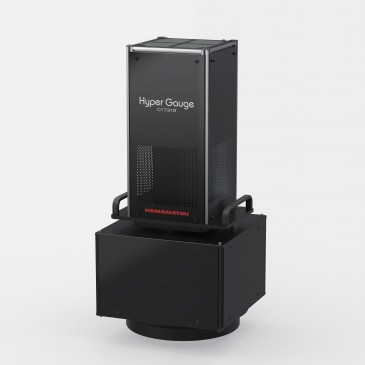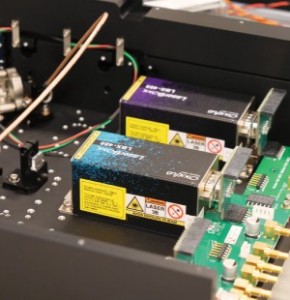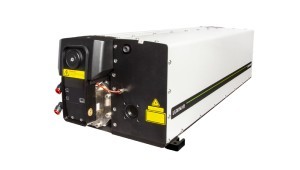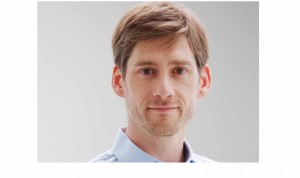
In 1999, Sven Kiontke graduated from Friedrich-Schiller-University, Jena (Germany) with a degree in computer sciences and an interested in software design for the correction polishing of aspheres.
Aspheres are made by modifying the contour of a conventional spherical lens by precision grinding and polishing to produce a more complex surface profile that can reduce or eliminate spherical aberration and other optical aberrations. Thus, compared with assemblies of traditional spherical components, aspherical lenses allow optical designers to correct aberrations using fewer elements, thereby reducing the size and cost of the system and simplifying the assembly process.
Recognising the enormous market potential of aspheres for optical systems, on graduation, Sven joined Germany’s start up scheme and started planning to set up his own company to exploit the technology.
Choosing a business model
The main question was whether to just sell the software or to go into manufacturing and sell the lenses. Sven decided early on to take the manufacturing route, firstly, because the software model, i.e., licensing software and providing annual updates was still in its beginnings, and secondly, because although developing software would be less stressful, he expected more business by selling lenses. Additionally, as they subsequently found out, manufacturing would give them far more scope to diversify.
Proving the technology
In the early 2000s, very few people knew about tolerances or aspheres and optical companies were reluctant to use the technology until it could be proved safe for production. Fortunately, Sven began to work with OptoTech, one of the market leaders in correction polishing machines. OptoTech allowed Sven and his team to work on their machines at the weekends to optimise the technique and after six months they were able to demonstrate the viability of manufacturing aspheric components.
Asphericon
With the technology proven in a real industrial setting, Sven founded Asphericon together with his partner Alex in 2001 with the aim of establishing aspheres as a standard optical element for optical design and optical systems.
Investment
But this was easier said than done; the first problem was to raise an initial investment of around €1.5m. This proved extremely difficult as they had no collateral and the crash of the telecom market had made VCs wary of going into the wrong technology. It was therefore essential to put together a comprehensive business plan with details of potential customers, machine suppliers and realistic figures showing how the VCs would get a return on their investment.
As Sven says: “We needed to have a very clear understanding of what we wanted to do. VCs tend to trust more in people than in the technology so in addition to a good business plan we needed to present ourselves in a very positive and realistic way”. Even then, It took them two years to get the required start up investment.
Company development
It’s no exaggeration to say that over the last 18 years, Asphericon has singlehandedly revolutionized the manufacturing of aspheric components. The company is now the market leader for aspheres with offices in Jena, Sarasota (Florida, US) and since November 2019, it has a new production site in the Czech Republic. With more than 150 employees and over 750 customers worldwide, Asphericon’s products are used in a wide range of applications including life sciences, laser applications, semiconductors, automotive and industrial engineering.
For Sven, asphericon’s success can be put down to the following factors:
Vertical Integration: As he recalls, the first two years were difficult. They started with a few small customers and then in 2003, they were contacted by a large French company who wanted to see some sample asphere lenses. Sven took them in person to Paris, and amazingly, although the customer was impressed with the quality of the samples, their test equipment was not sophisticated enough to measure the tolerances.
Asphericon was awarded a large contract and Sven realised that if they wanted to prove the quality of their lenses to future customers, they would have to take their own metrology tools and software for optical characterisation. Furthermore, as the type of sophisticated metrology tools they needed were not available in the market, they would have to make themselves.
And so, began the road to vertical integration, with Asphericon effectively becoming its own supply chain with responsibility for all the main processes i.e., optical design, fabricating optics, assembling the optical systems and making metrology tools sophisticated enough for optical characterization.
For Sven, the main advantages of being vertically integrated is being able to collaborate with other companies on a variety of projects, which is a good motivator to stay ahead of the game – not only for achieving greater precision but also for developing new ideas to help customers, for example, by making subsystems more compact and easier to assemble.
Continual improvement: From the start, Sven has been aware of the need to continually strive to improve asphericon’s products and services and never to be complacent: “The secret is never to be satisfied for more than a week. I’ve always been driven by a passion to improve what we do so we can improve our customers’ products and make life and work easier for people”.
Relationship with customers: Sven has always prioritised talking to customers – both from a personal perspective, because he has an enquiring mind and also professionally, because with a detailed knowledge of a customer’s problems, asphericon is able to offer solutions in a better way.
Markets
Laser manufacturing: the need for effective communication with customers is particularly important in the laser manufacturing sector where a comprehensive understanding of the customer’s problems is essential for offering solutions. For example, a customer may want to improve the lens coating but to achieve this, it may be necessary to reduce the surface roughness under the coating. Similarly, to help a customer reduce losses, it’s first necessary to understand where the losses are coming from.
As Sven says: “Of course we want to sell lenses, but our main objective is to make our customers products better and more competitive and to do that, you need to talk to the customer and get a detailed understanding of what the customer is trying to do."
Automotive market: Aspherics are not commonly used in the automotive industry. The one exception is a major US car manufacturer who, for the past 10 years, have been using Asphericon’s lenses in lidar systems for their high-end models. The problem is one of price and Sven recognises that in order to break into the automotive mass market, they will need to find ways of producing quality lenses in larger volumes. To this end, asphericon are currently researching how to adapt their technology to produce a new generation of lenses to meet the demand for lidar and other higher volume optical systems
Medical: Asphericon are currently producing thousands of lenses every year for the medical market for applications such as fluorescence microscopy, endoscopy, ophthalmic surgery, Raman spectroscopy and laser surgery. The company’s success in this sector derives principally from Sven’s relationship with his customers - investing time showing them what’s possible and the problems that are likely to emerge in future. As Sven comments: “The medical market is important for us not just from a financial standpoint but because it gives us the opportunity to improve human health and put something back into society”.
High-end cameras: This is an important market for Asphericon because all high-end cameras, including devises such as spectral imaging, infrared cameras, endoscopes are driven by high-quality optics. Sven sees this market is a real success story for the company and he is proud of the fact that their reputation for providing top-of the range optics has spread to the professional film industry.
What would you do differently if you started again?
One of the things I wouldn’t change is the decision to go directly into manufacturing. It was the best decision I’ve ever made. As for regrets, I don’t think it’s productive to dwell on your past decisions. The most important thing is to learn from the mistakes you’ve made and look to the future.
What are your words of wisdom for the next generation of entrepreneurs?
“First, live your dreams: don’t let others tell you what is and isn’t possible. Think for yourself and create your own reality. If you always trust and rely on others you won’t be able to move. Trust in your own judgment and abilities and go for it."
“Second, a CEO should never decide anything big without listening to the opinions of their team. You need to be able to listen to what others think and take everything into consideration. You may not agree with every opinion, but the important thing is to be open to ideas and not to make decisions in isolation."
Written by Jose Pozo, Director of Technology and Innovation, EPIC









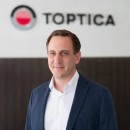
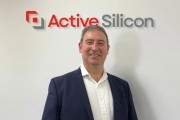
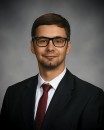

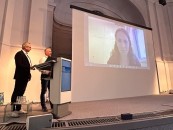
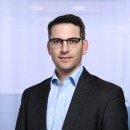
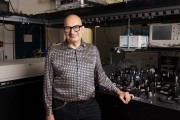
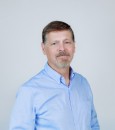


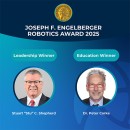
















 Back to Features
Back to Features